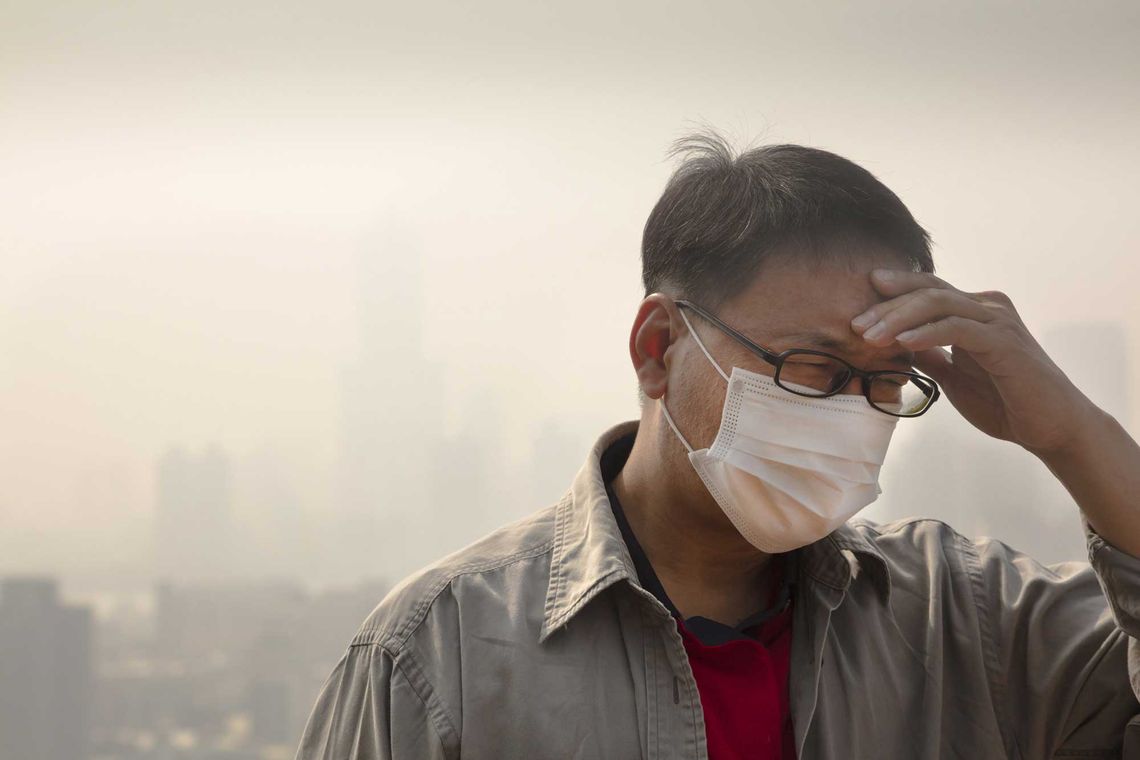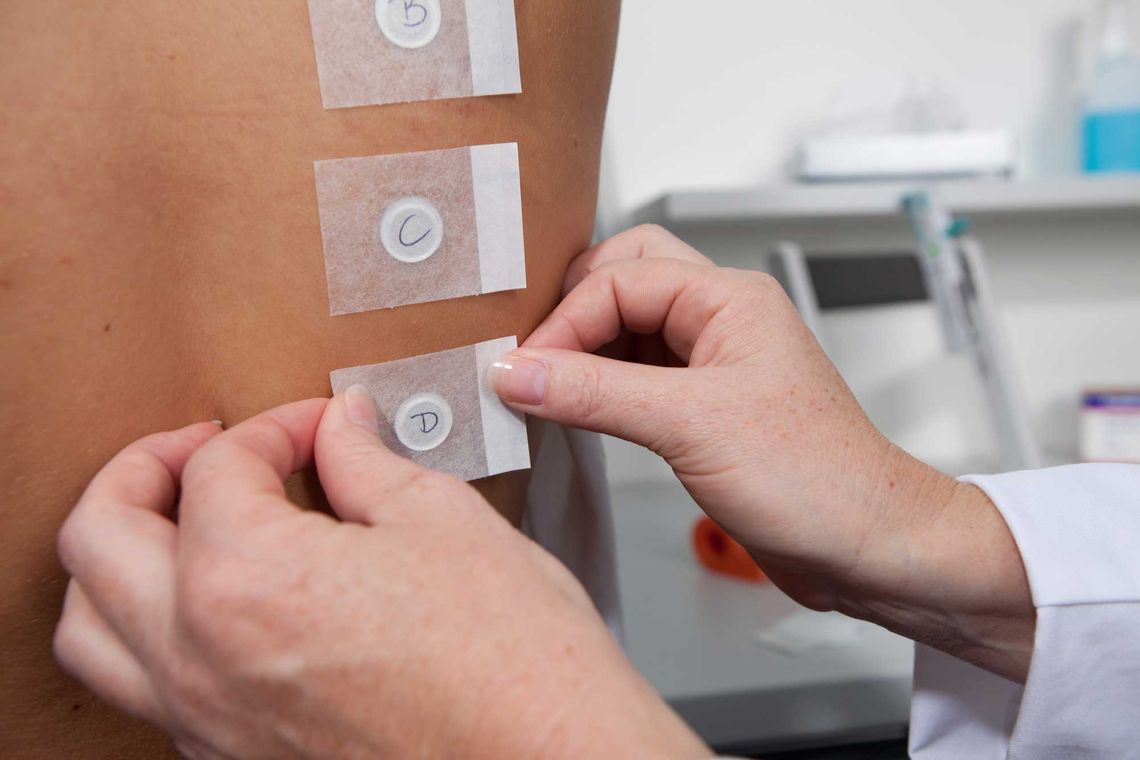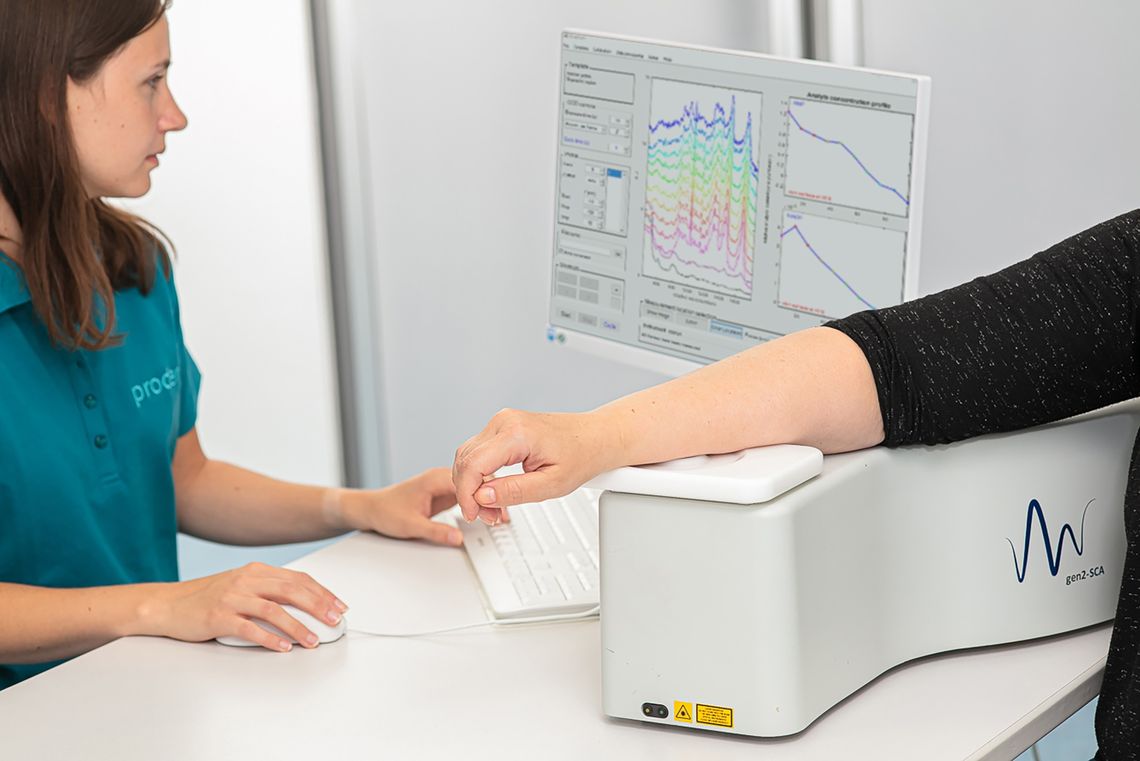Testing of Anti pollution cosmetics
Consumers worldwide are characterised by an increased awareness of various forms of pollution (e.g.: air, blue light, infrared, etc.) and their negative effects on health. Increasingly, this also concerns the possible effects on skin condition, combined with the desire for additional protection that 'anti-pollution products' are supposed to provide. With our method for detecting anti-pollution detox effects, we can support you as a competent partner in the introduction of your product.
Study types
Thanks to our broad portfolio of methods and our partner network, we are able to offer you a comprehensive service for the investigation of Anti pollution products.
As part of the studies, we use different techniques to perform swabbing and investigate a wide range of indicators. We offer the following in vivo claims studies in relation to anti-pollution, generally distinguishing between protective, cleansing and repairing effects.
Protective effects
According products help to strengthen the skin barrier, protect against fine dust and other pollutants (exhaust fumes/smoke/volatile pollutants).
- Stress from cigarette smoke (model substance for air pollution) and demonstration of the protective/protective properties of products based on the end products of lipid oxidation - SQOOH (squalene monohydroperoxide) and MDA (malondialdehyde)
- Stress from PM2.5 and PM10 (particulate matter) and evidence of the protective/protective properties of a product compared to a control against PM2.5 and PM10 (particulate matter) adherence
- UV light stress and demonstration of the protective/protective properties of a product
- Suction blister model and detection of e.g. MMP-1, procollagen
- Analysis of intercellular lipid lamellae in the stratum corneum after smoke application (barrier damage)
- Raman spectroscopy
- Investigation of the strengthening of the skin barrier based on parameters such as barrier damage, skin moisture, elasticity, pigmentation
Cleansing effects
The products are designed to remove fine dust and other pollutants (exhaust fumes/smoke/volatile pollutants) from the skin.
- Stress from cigarette smoke (model substance for air pollution) and demonstration of the properties of products after rinsing using the end products of lipid oxidation - SQOOH (squalene monohydroperoxide) and MDA (malondialdehyde)
- Stress caused by PM2.5 and PM10 (particulate matter) and evidence of the properties of a product after rinsing versus the adherence of PM2.5 and PM10 (particulate matter)
Repairing effects
The products are designed to repair the skin through anti-inflammatories, antioxidants, building collagen and elastin.
- Stress from cigarette smoke (model substance for air pollution) and demonstration of repair properties of products using the end products of lipid oxidation - SQOOH (squalene monohydroperoxide) and MDA (malondialdehyde)
- Suction blister model and detection of e.g. MMP-1, procollagen
- Stress by UV light and detection of the repair properties of a product
- Measurement of collagen attenuation by LC-OCT.








